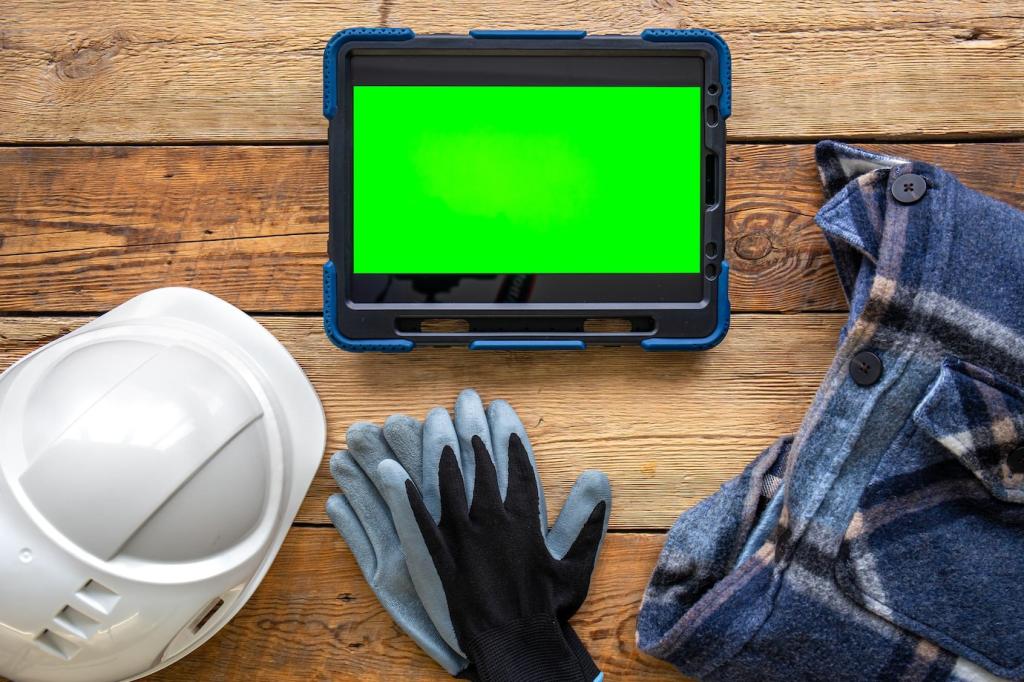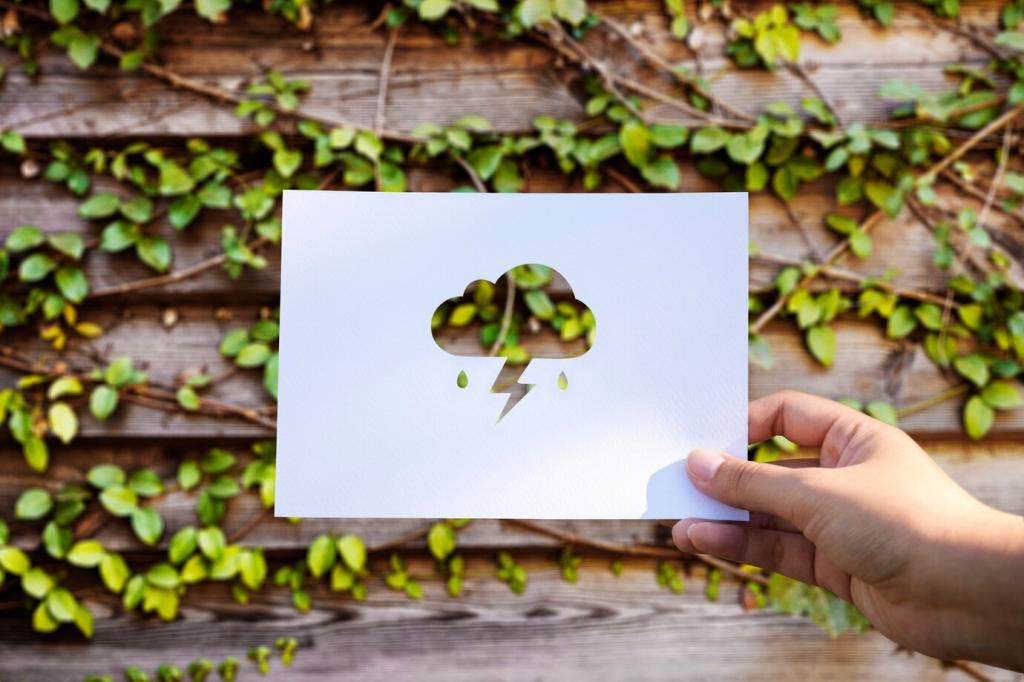
Eco‑Smart Dusting: Clean Air, Clean Home
Chosen theme: Environmentally Friendly Methods for Dusting. Welcome to a lighter, greener way to keep your space dust‑free without harsh chemicals or disposable waste. Explore simple, uplifting habits and tools that protect your indoor air and the planet. Join the conversation, share your wins, and subscribe for fresh, practical inspiration.
Indoor Air, Real Health
Indoor dust can hold pet dander, pollen, flame retardants, and tiny plastic fibers that irritate lungs and skin. Choosing damp dusting, washable filters, and fragrance‑free solutions cuts airborne particles and residues. Share your sensitive spots at home, and we’ll tailor future tips for you.
The Hidden Waste of Disposable Wipes
Single‑use wipes often contain plastic fibers and synthetic fragrances, creating landfill waste and releasing unnecessary chemicals. Reusable cloths last for years, cost less over time, and deliver better results. Comment with how many disposables you’ve replaced—your tally can inspire someone’s first switch.
A Small Story from a Small Apartment
Maya swapped paper towels for three microfiber cloths and a simple spray. In one month, she cut bin volume in half and noticed fewer sneezes during evening reading. She now keeps a cloth by the bookshelf—tiny habit, big payoff. What small switch will you try first?

Tools That Respect Your Home and the Earth
Quality microfiber grabs dust electrostatically, reducing the need for sprays. Wash in cold water, skip fabric softener, and air‑dry to preserve fibers. Assign colors for rooms to prevent cross‑contamination. How many cloths do you really need? Two per room often does the trick sustainably.
Techniques That Actually Trap Dust
Start high with shelves and frames, then move lower to tables and baseboards. Use a lightly damp cloth to prevent dust clouds. Finish with floors using a HEPA vacuum. This sequence minimizes resettling. Post your step‑by‑step routine, and we’ll compile the community’s favorite flow.

Allergy‑Friendly and Pet‑Safe Dusting
Damp dusting and HEPA filtration minimize airborne particles during cleaning. Work slowly, with overlapping strokes, and rinse cloths frequently. Ventilate after finishing. Share which rooms trigger symptoms most—bedrooms, living rooms, or entries—so we can prioritize targeted routines and checklists.
Allergy‑Friendly and Pet‑Safe Dusting
Brush pets regularly outdoors, wash throws weekly, and dust near pet beds every other day with a damp cloth. Avoid strong fragrances around animals. Report back on which routine reduced fur tumbleweeds; your observations help families design realistic, kind solutions.


Sustaining Your Gear and Measuring Impact
Washing Microfibers Right
Wash separately on cold with mild detergent. Skip bleach and softeners, which clog fibers and reduce grab. Air‑dry or low heat. Keep a small mesh bag for dust cloths to avoid losing them. Share your laundering setup and how many cycles your cloths reliably survive.
Filter and Vacuum Care
Empty canisters outdoors if possible, and clean seals so the vacuum stays airtight. Rinse washable filters per instructions and dry completely before reinstalling. A maintained vacuum traps more fine dust. Tell us your reminder system—calendar alerts or labels—to keep maintenance on track.
Track Your Low‑Waste Wins
Keep a simple note: disposables avoided, cloths in rotation, and spray refills made. Watching the numbers grow builds momentum. Share your month‑one totals and what surprised you most; we’ll compile community averages to showcase the power of small, consistent changes.
